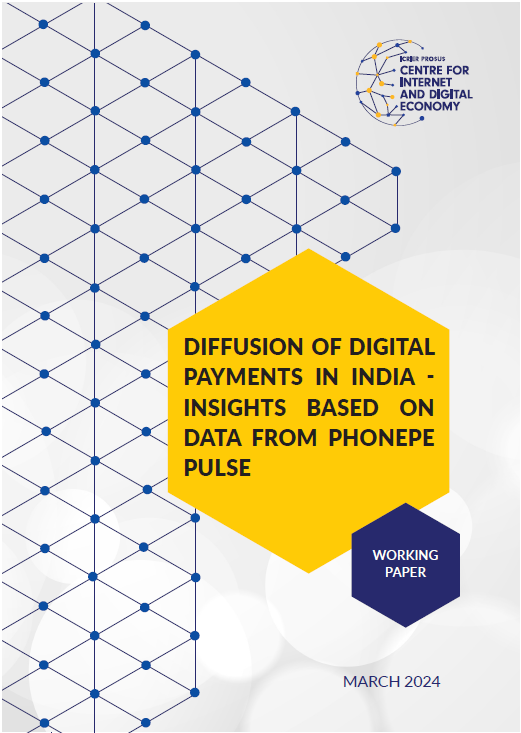
Digitalisation of payments is a global trend, with the COVID-19 pandemic having triggered accelerated adoption. While India has been at the forefront of this transition, there is little understanding of how the Unified Payments Interface (UPI), India’s real-time digital payment system, has diffused and the extent of its inclusive scaling within the country. The paper relies on state and district level data from PhonePe, the largest digital payments platform in India, to better understand the heterogeneity in patterns of diffusion across states and districts of India. Data from various other sources are used to examine how socio-economic factors correlate with diffusion.
The initial periods beginning 2018 are marked with a few early-adopter districts that have high levels of user penetration. The COVID-19 pandemic appears to have catalysed large-scale adoption that resulted in lower variation in user penetration across districts and states. Regions that started off well, continue to lead, with little reordering in the ranking of district or states. For aspirational districts user penetration continues to remain relatively lower. Findings from cross-sectional regressions suggest that socio-economic indicators such as certain levels of income, poverty, education, digital literacy, and financial access are necessary but not sufficient for widespread adoption. Policy efforts therefore require a deeper understanding of the costs and benefits of digital payments to different users, and a multi-pronged approach to promote its adoption in way that is beneficial.







